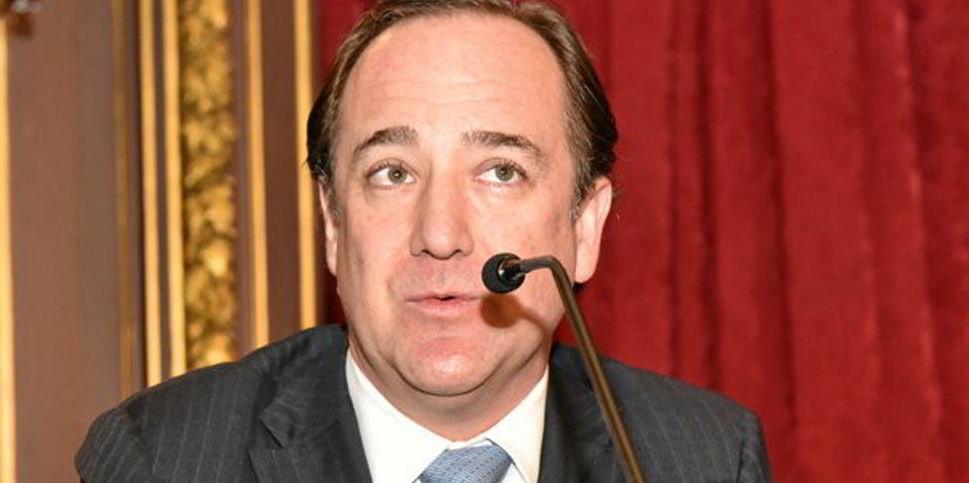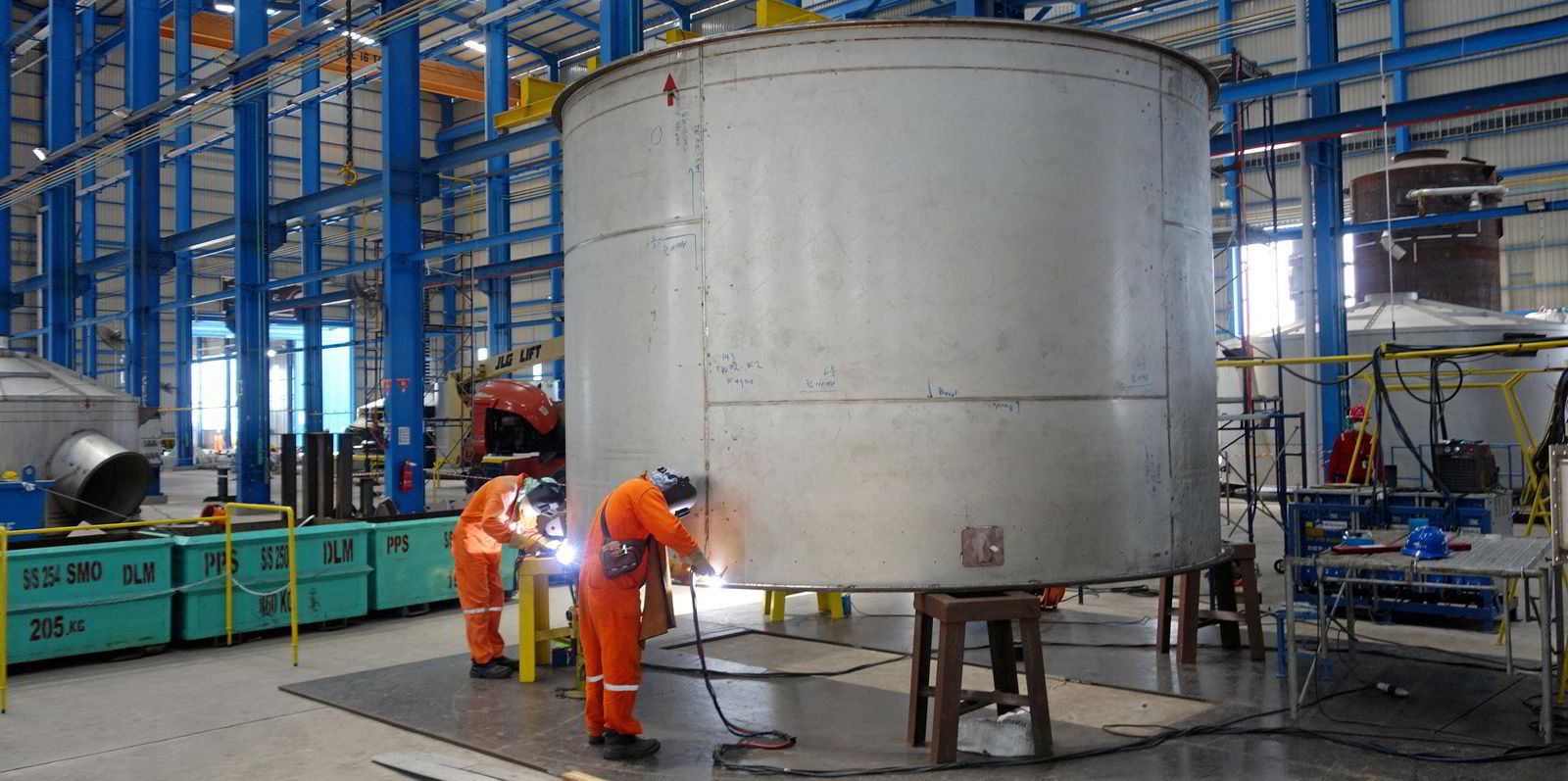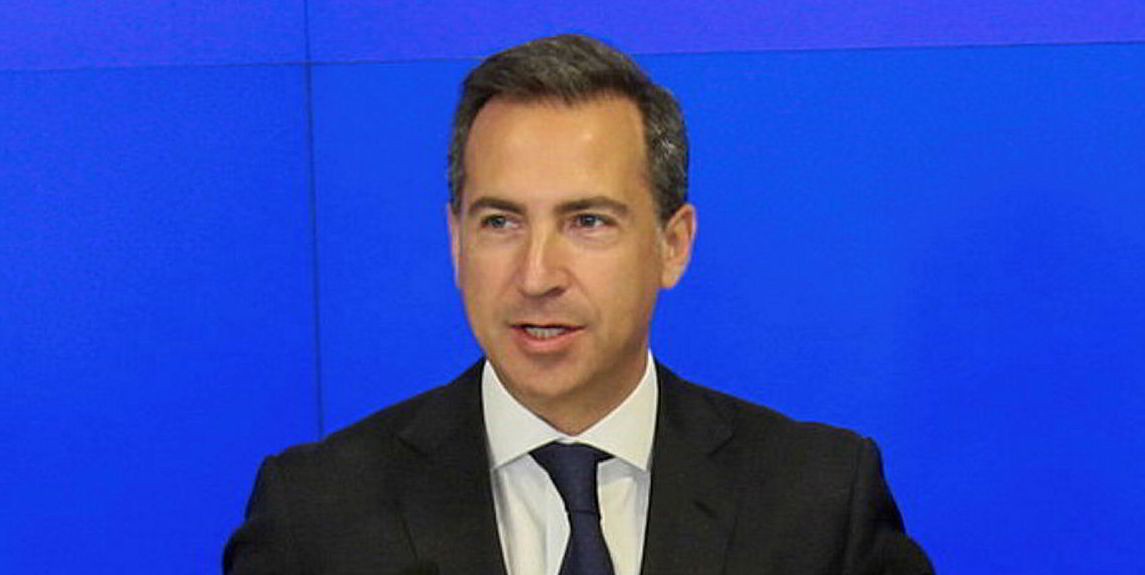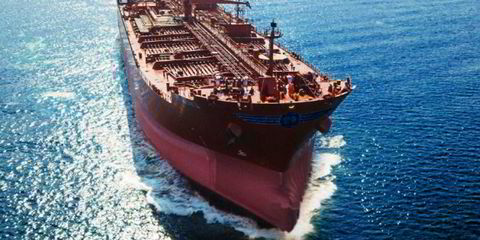Public shipowners are feeling a lot better about their scrubber investments as the cost spread between low and high-sulphur fuel options has doubled the level that prevailed for most of 2020.
That was a key point to take from Noble Capital Markets’ 17th annual investor conference, held online this year because of Covid-19 restrictions.
Noble equity analyst Poe Fratt quizzed the group of shipowner participants on the topic, with executives of New York-listed owners Genco Shipping & Trading, International Seaways and Eagle Bulk Shipping all touting the improved margins.
Chief executive John Wobensmith noted that Genco had elected to install the exhaust-cleaning units on its largest vessels — 17 capesizes — as the arbitrage appeared uneconomical on its midsize vessels in the minor bulk trade.
“We did have scrubbers installed by November 2019 and we were able to capture pretty high spreads,” Wobensmith said. “Then they dropped to $60, and now have bounced back to a little over $100.”
“So far, we’ve made back about 45% to 47% of our investment. It’s hard to measure that against our peers because we include not only the cost of the systems but also the opportunity costs of not trading while the work was being done.”
Citing current spreads, he added: “The return on capital at $100 is close to 30% — from a financial standpoint, it’s turned out to be the right move for us.”
‘It’s making a difference of about $5,000 a day’
International Seaways executed a similar strategy, only in tankers. It also outfitted its largest vessels — VLCCs — with the scrubber units, completing eight installations so far, with two more to be finished in the next two months.
Chief executive Lois Zabrocky said fuel consumption on the big tankers amounted to nearly 50 tonnes per day.
“Most of 2020 was at around a $50 to $60 spread, but now you’re closer to $100 a tonne,” she said. “It’s quite remarkable right now. It’s making a difference of about $5,000 a day at a time when the market is weak.
“VLCC rates are right around [operating expenses], so that is substantive for Seaways. At this point, we feel like we’re looking at a three-year payback period, and we find that to be quite acceptable.”

Another major adopter of scrubbers is Eagle Bulk, which has installed the technology on 44 of its 48 supramax and ultramax bulkers.
While chief executive Gary Vogel was not questioned in the same detail about the results of its investment, he said Eagle Bulk had seen spreads near $300 in early 2020, watched them dip to $50 and was noting a $100 differential currently.
However, Eagle Bulk said on its third-quarter investor call that it had generated $23m on its $88m scrubber investment in the first three quarters of 2020, which would imply a return of around 35% in the initial year.
Even a shipowning executive who has previously expressed regrets about having fitted scrubbers sounded a much more neutral tone this time around.
New York-listed Seanergy Maritime’s chief executive, Stamatis Tsantanis, who last July told TradeWinds that he would not have installed any scrubbers on his 11-capesize fleet if he had known the operating realities of the devices, did not repeat that type of criticism.
While he did note that the equipment and installations were fully paid for by the vessels’ charterers, he pointed to the existence of profit-sharing agreements that could allow Seanergy to profit if spreads exceed “certain levels”.
He said: “In our opinion, it’s a win-win situation.”
Jefferies lead shipping analyst Randy Giveans has forecast that the spread will most likely widen to between $150 and $200 per tonne by the end of this year.
“In the coming quarters, we believe the fuel spread will widen as the global economy recovers, oil prices increase and bunker fuel oil demand rebounds, making scrubbers great again,” Giveans said.







